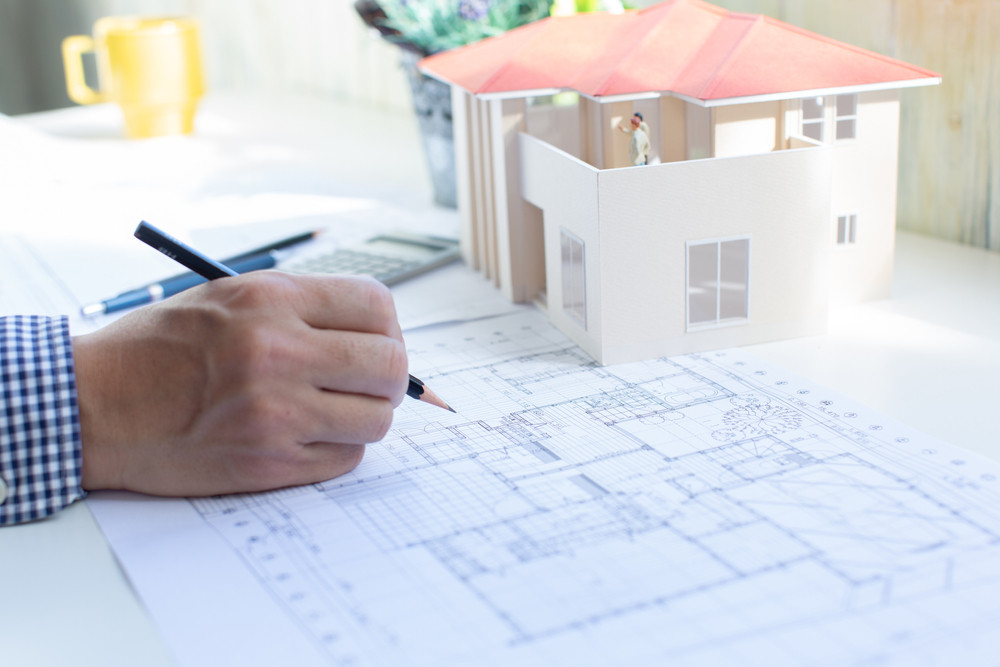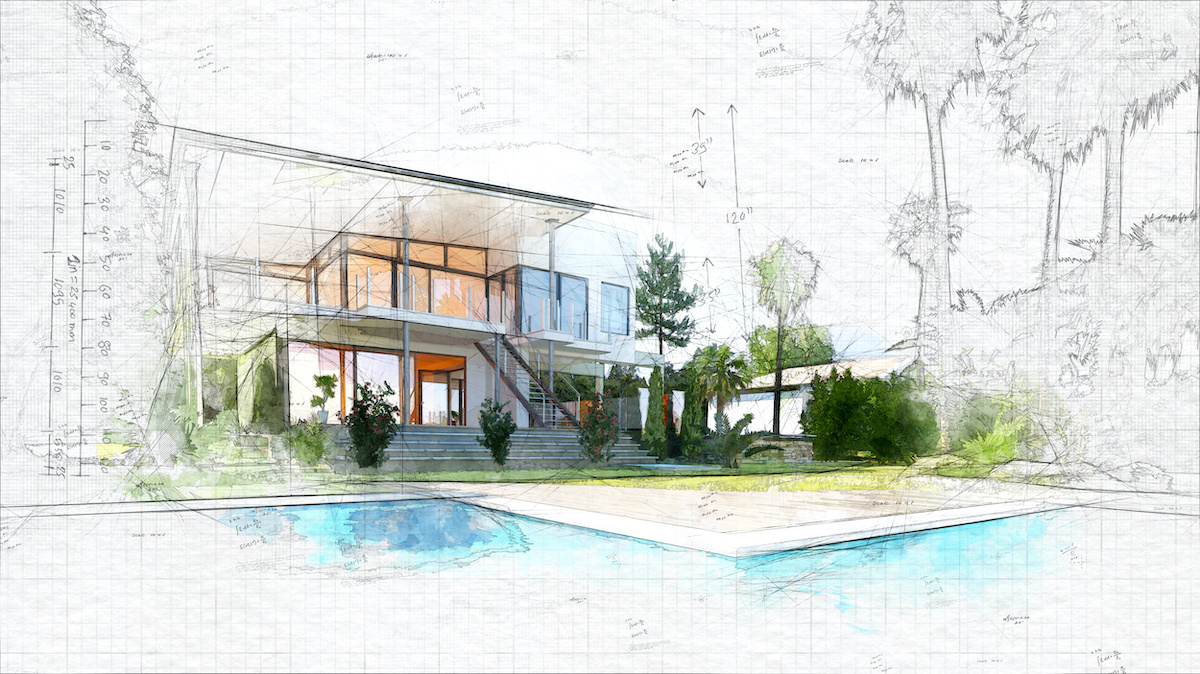Exactly How CDA Architects Incorporate Eco-Friendly Practices in Architectural Projects
Exactly How CDA Architects Incorporate Eco-Friendly Practices in Architectural Projects
Blog Article
Recognizing the Collaborative Process Between Designers and Designers in Modern Building And Construction Projects
The collective procedure in between architects and engineers is necessary in modern building jobs, as it integrates design intent with engineering expediency. This collaboration not just affects the aesthetic and functional elements of a job yet also plays an important function in resolving sustainability obstacles. By employing effective communication methods and leveraging innovative modern technologies, such as Structure Details Modeling (BIM), groups can work more cohesively. However, the complexities of this partnership commonly existing one-of-a-kind obstacles that can prevent progression. Discovering these characteristics discloses understandings that might substantially affect job outcomes and overall industry criteria. cda architects.
The Importance of Cooperation
The collaborative synergy in between architects and engineers is necessary for the successful awareness of any building project. This partnership combines distinctive know-how and perspectives, allowing the integration of ingenious style with sensible engineering solutions. By interacting, architects and designers can ensure that a job not just fulfills aesthetic and practical needs but likewise sticks to safety and security, sustainability, and budgetary restraints.
Collaboration cultivates a shared vision, assisting in the alignment of goals and assumptions from the outset. This positioning is crucial in attending to potential difficulties and mitigating threats that could develop throughout the project lifecycle. A collaborative technique permits for the reliable allotment of resources, enhancing both time and price.
The importance of partnership includes the repetitive procedure of layout and construction, where feedback from engineers can notify building choices, bring about even more feasible and sustainable designs. On the other hand, designers can motivate engineers to believe artistically regarding exactly how to attain architectural honesty without endangering imaginative intent. Inevitably, the joint partnership in between engineers and designers is not simply helpful; it is basic to the production of high-grade, useful, and cutting-edge constructed settings that satisfy the requirements of society.
Communication Techniques and Devices
Reliable interaction methods and tools are vital for fostering cooperation in between designers and engineers throughout the project lifecycle. Developing clear networks of communication is important to ensure that all group participants are lined up with project purposes, timelines, and duties. Routine meetings, both in-person and digital, supply chances for stakeholders to discuss progression, address worries, and make notified decisions.

In addition, adopting collective interaction tools, such as Slack or Microsoft Teams, enables instantaneous messaging, file sharing, and continuous conversations, advertising a more active feedback to emerging problems. Paper management systems also play a critical role in organizing job documents, making certain that all staff member have access to the current info.
Shared Objectives and Task Vision
An unified task vision works as the foundation for successful partnership between engineers and designers (cda architects). This common vision not just straightens the initiatives of both parties but also establishes a common framework for decision-making throughout the job's lifecycle. By verbalizing clear goals, stakeholders can successfully browse the intricacies of contemporary building jobs, making sure that both visual and practical demands are satisfied
Establishing shared goals involves open Go Here dialogue and a comprehensive understanding of each discipline's contributions. Architects typically concentrate on layout intent, spatial partnerships, and customer experience, while designers highlight structural integrity, systems capability, and conformity with guidelines. When these point of views are aligned, the result is a natural job that abides by both creative aspirations and technological expediency.
Furthermore, a well-defined task vision promotes responsibility among staff member, encouraging each individual to take ownership of their role in attaining the preferred outcome. Normal check-ins and collective workshops can even more reinforce this dedication, enabling changes to be made as the job develops. Inevitably, a shared vision not only improves teamwork yet likewise boosts the high quality of the final deliverable, causing successful task completion.
The Duty of Technology
Leveraging technology has actually come to be essential in improving partnership in between engineers and engineers. Building Info Modeling (BIM) stands out as an essential modern technology, permitting both architects and engineers to produce in-depth 3D versions that envelop layout intent and architectural integrity.
Additionally, cloud-based platforms enable seamless cooperation, permitting job stakeholders to gain access to and update project information from anywhere. This cultivates a culture of transparency and accountability, as adjustments can be tracked and examined in real-time. Furthermore, mobile applications further enhance interaction, supplying on-site teams with immediate accessibility to job specifications and updates.
Arising innovations such as expert system and cda architects equipment discovering are also starting to contribute in predictive evaluation, assisting teams recognize potential concerns prior to they arise. Inevitably, the function of technology in architecture-engineering partnership not only boosts process performances however also boosts development, bring about more effective job end results. By accepting these technical developments, engineers and engineers can make certain a much more natural and productive collective process throughout the building lifecycle.
Study in Effective Partnerships
Many case research studies highlight the profound effect of effective partnerships in between engineers and engineers on project end results. One significant example is the partnership on the High Line in New York City City, where landscape designers, engineers, Click This Link and urban planners worked together to change an abandoned rail line into a dynamic public park. This multidisciplinary method not just enhanced the aesthetic top quality but additionally guaranteed structural safety and security and ecological sustainability.

The Burj Khalifa in Dubai additionally demonstrates the importance of collective initiatives - cda architects. The integration of architecture and design know-how made it possible for the project group to achieve unmatched elevations while adhering to security guidelines and aesthetic vision
These examples highlight the relevance of communication, depend on, and shared objectives. In today's complicated building environment, such collaborations are necessary to navigating challenges and supplying jobs that meet both useful and visionary goals.
Conclusion
Finally, the partnership between designers and engineers is crucial for the success of contemporary construction tasks. Effective interaction methods, a common job vision, and the assimilation of sophisticated technologies are important components that promote this partnership. By promoting a culture of responsibility and leveraging devices such as Building Details Modeling (BIM), teams can browse project complexities, making certain that aesthetic, useful, and sustainability objectives are accomplished. Ultimately, this synergy brings about innovative and effective task outcomes.
Report this page